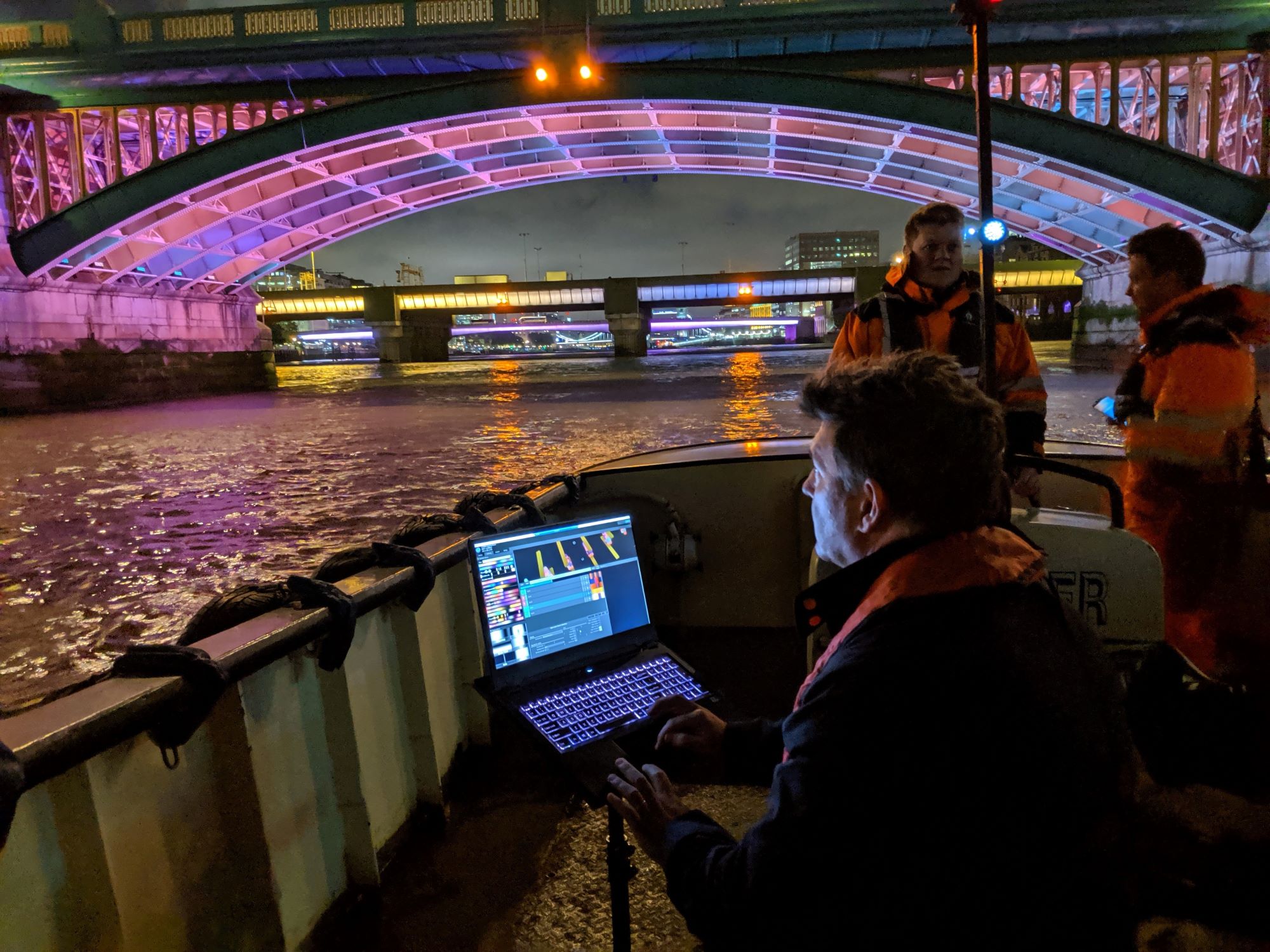
Though the opening of Pace Gallery’s new $100 million, eight-story New York headquarters is still weeks away, the gallery is already dominating headlines. Today, Pace announced the launch of PaceX, a new initiative to support projects at the intersection of art and technology.
The gallery has hired an all-star team to lead the venture. Christy MacLear, who led an advisory service for artists’ estates and foundations at Sotheby’s Art Agency, Partners until her somewhat abrupt departure last year, has been tapped as CEO of the program. (Prior to Sotheby’s, she served for six years at the Robert Rauschenberg Foundation, where she was the organization’s first CEO.)
Mollie Dent-Brocklehurst, the former president of Pace London who left to co-found the FuturePace project, has returned to the gallery as chief creative officer of PaceX, while Kathleen Forde will join as the program’s inaugural curator of experiential art. Forde, a well-regarded curator in the sector, previously served as artistic director at large for the media arts space Borusan Contemporary in Istanbul.
In an interview with ARTnews, which first reported the story, Pace’s president and CEO Marc Glimcher noted there is currently a lack of infrastructure at the gallery level for tech-minded artists. “In what way is the gallery model equipped to support these artists in the way it supports painters and sculptors?” Glimcher asked.
Christy MacLear. Courtesy Sotheby’s.
Pace has been moving into the tech sector more aggressively than any other mega-gallery. It opened a permanent gallery space in Palo Alto, the heart of Silicon Valley, in 2016, after operating a pop-up space in Menlo Park out of a former Tesla showroom for two years. The new PaceX program appears to be an outgrowth of Pace Art + Technology, a program launched in 2016 to support collaboration with interdisciplinary art groups, collectives, and studios who work with tech.
Pace currently represents the collectives teamLab and Random International, both of which use tech to create crowd-friendly, high-tech, interactive spectacles that have the potential to make as much, if not more, money from ticket revenue as from traditional art sales. In an interview with artnet News earlier this year, Glimcher said he was “pondering” how Pace might incorporate ticketed exhibitions into the current gallery model.
Asked what kind of projects PaceX will take on, MacLear told ARTnews: “Bold ones. Projects which match the issues like climate change or social justice that drive artists to new tools and canvases, such as cities or immersive spaces.”